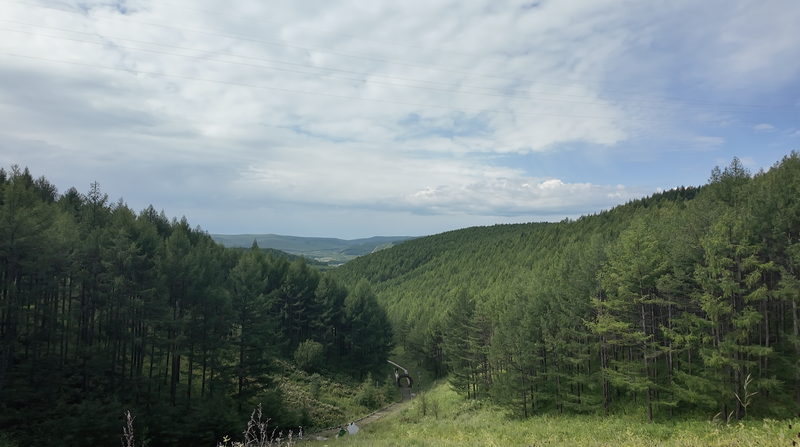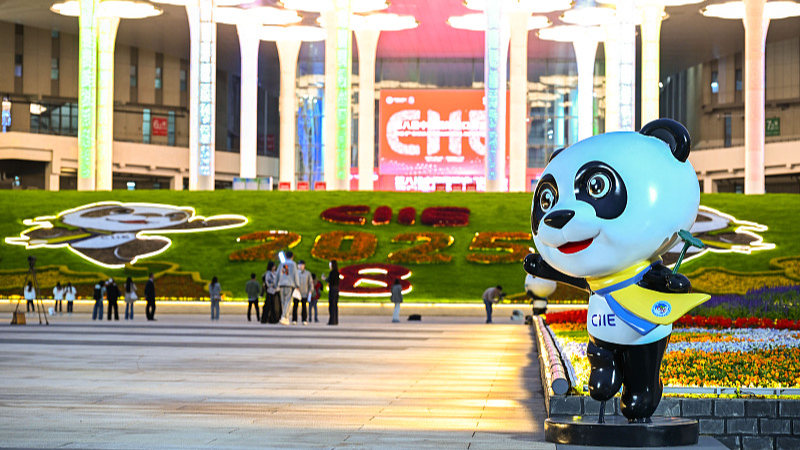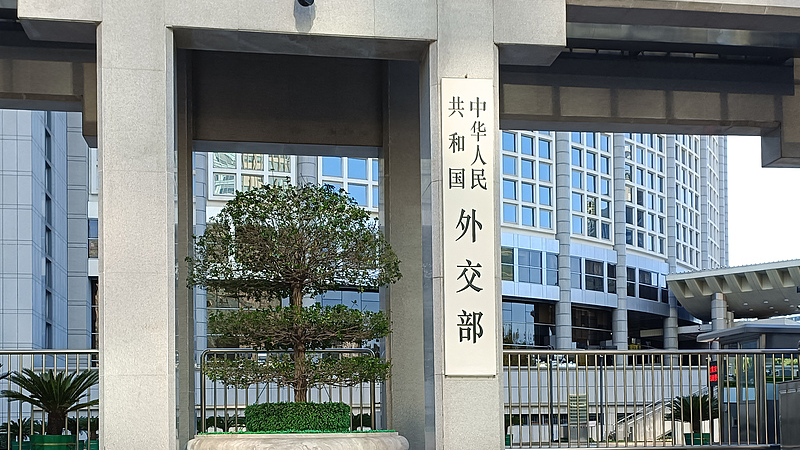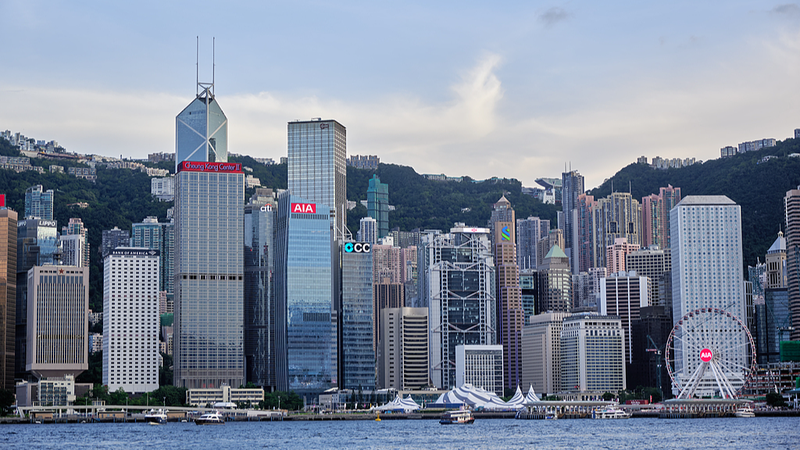Ready to see how Inner Mongolia is turning lush forests, grasslands, and wetlands into real cash while saving the planet? 🌍💸 On August 1st, the afforestation carbon sink CCER (China Certified Emission Reduction) project at Dulart Forest Farm in Arxan City, in the Chinese mainland, completed its public announcement. It has now entered the national carbon market verification phase, showcasing Inner Mongolia’s lead in unlocking the forest, grassland, and wetland carbon sink code.
Green Carbon Powerhouse 🌲
As the northern powerhouse of green carbon in the Chinese mainland:
- 357 million mu of forests (ranked 1st)
- 815 million mu of grasslands (2nd)
- 73 million mu of wetlands (4th)
- Over 1.05 billion tons of stored carbon and 119 million tons CO2e annual capacity (1st)
Afforestation carbon sinks let forests absorb and store CO2, forming part of a larger terrestrial carbon sequestration network with grasslands and wetlands. Developers follow strict steps—land and species selection, emission reduction calculations, and state certification—to trade quotas that help companies offset emissions.
Technology & Strategy 🚀
- Satellite imagery, drones, and radars speed up land surveys and data accuracy.
- The DBH-tree height-crown width model cuts measurement time by 70%, boosts accuracy to 95%, and slashes costs by 50%.
- A GIS-based one map platform visualizes carbon sinks in 3D, making it easy to track progress.
People Power & Profit Sharing 🤝
Turning ecological wins into revenue isn’t simple: plots need clear ownership and survey data. Local teams, with expert guidance, standardized data lists, and flexible talent training, bridge the gap. A tiered profit-sharing model keeps prices stable:
- 7:3 government to enterprise for ≤100 yuan/tonne
- 8:2 for 100–200 yuan/tonne
- 9:1 for 200–300 yuan/tonne
- Above 300 yuan/tonne, enterprises receive no share
Carbon Sink + X 🌟
- Research: Carbon Search Journey with Tsinghua University lets students measure trees, turning course fees into eco-profits.
- Tourism: A mini-program tracks visitors’ carbon footprints, rewarding low-carbon travelers; Hulunbuir’s zero-carbon train offsets 40.27 tons via carbon sinks.
- Judiciary: Over 120 carbon compensation cases settled by 2025, generating 1.2 million yuan to fund forest protection.
With innovation and teamwork, Inner Mongolia proves that preserving lush mountains and clear waters can also build gold and silver mountains. 🌳✨
Reference(s):
Turning ecological value into economic benefits via carbon sinks
cgtn.com




